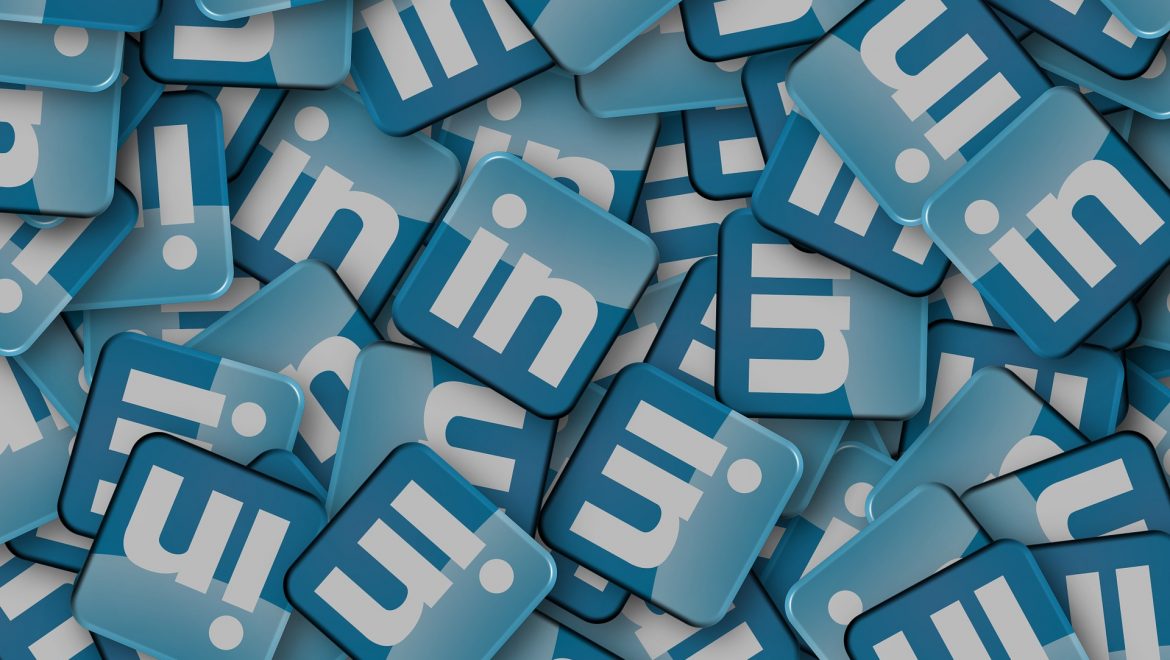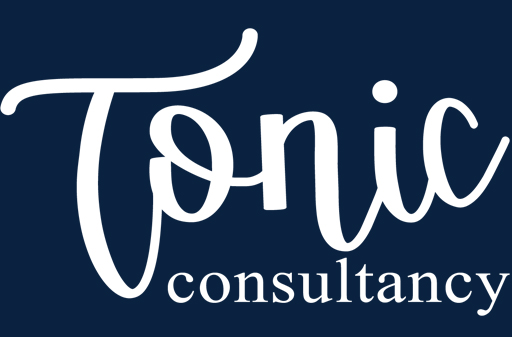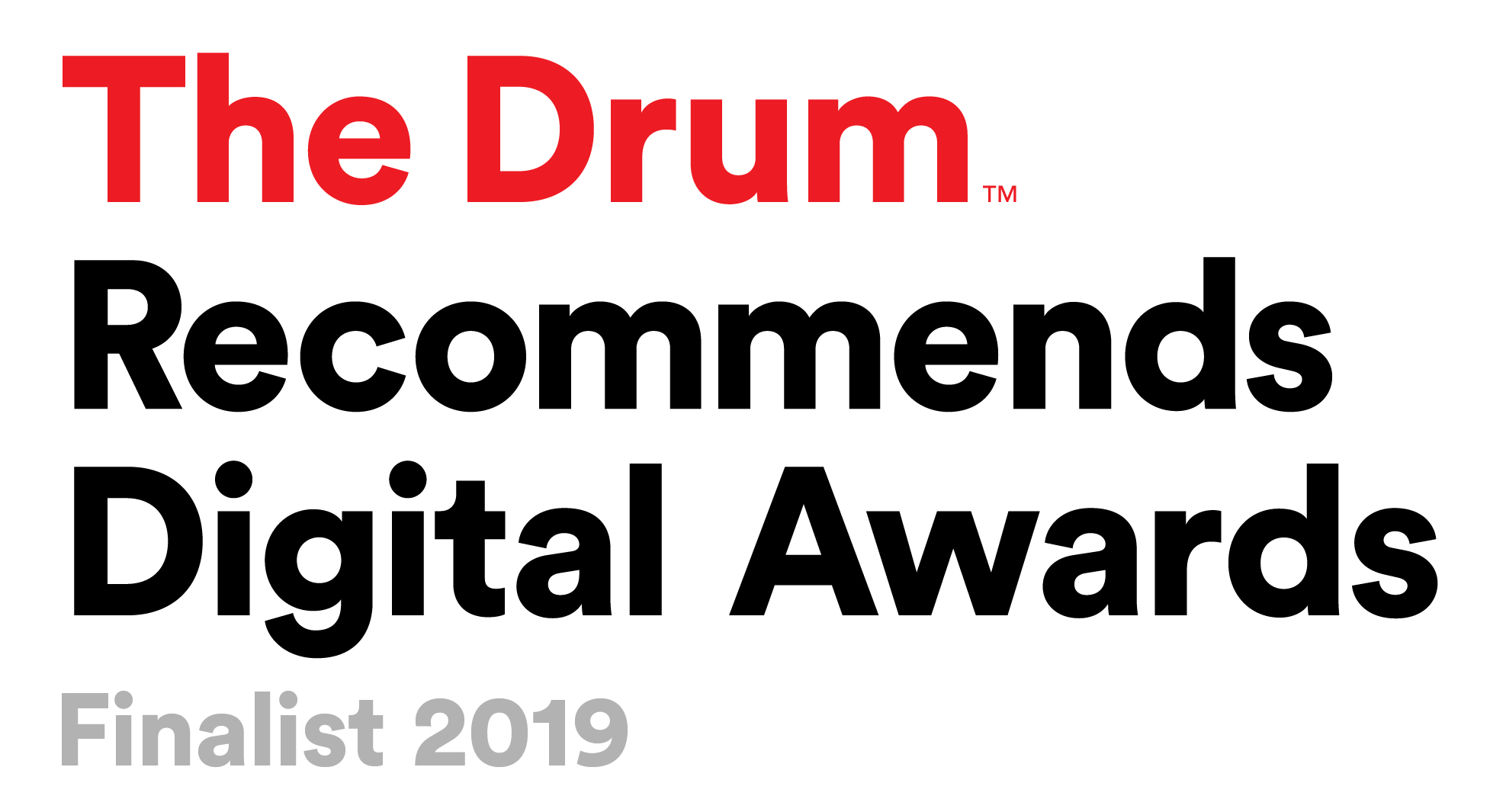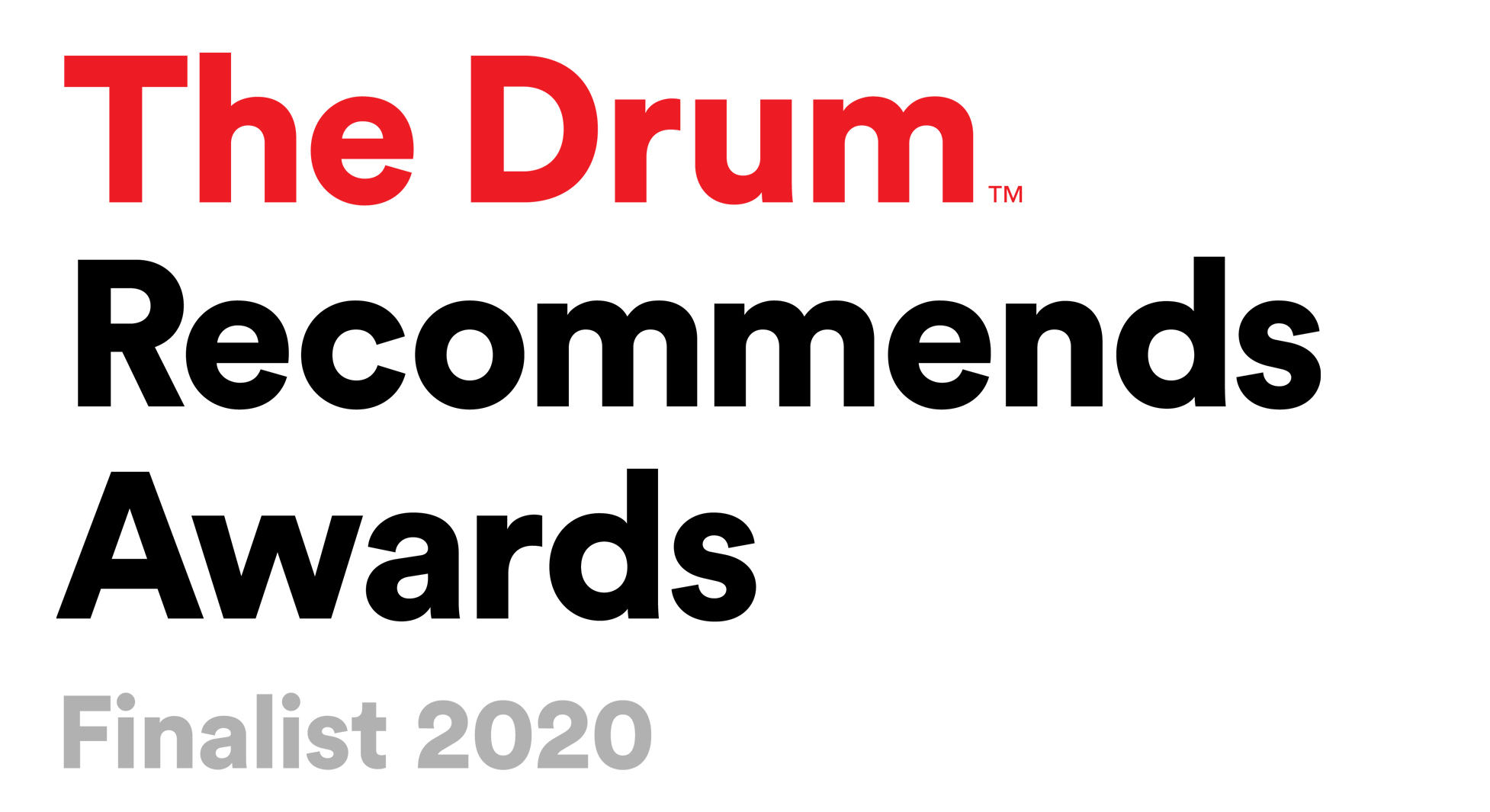
When marketers are considering which social media platforms to use for their businesses, many will automatically head for Facebook, Twitter, and Instagram. But when it comes to generating B2B leads, then the most powerful social media platform has to be LinkedIn.
LinkedIn is possibly the most important social network for marketers to be able to reach business buyers and connect with professionals and has become one of the major social media platforms for B2B media and content marketing.
When looking at the Monthly Active Users (MAU) of the popular social networks, LinkedIn, with 310 million MAU may not be the biggest platform available, compared to 330 million MAU on Twitter, one billion MAU on Instagram, or a massive 2.7 billion on Facebook.
But the LinkedIn audience is one of the most lucrative ones for B2B marketing.
Facebook, Twitter, and Instagram can become noisy and crowded, and while LinkedIn was once much quieter, it has become busier. However, unlike Facebook, where people go to connect with friends and family, watch funny videos, or post irreverent content, LinkedIn is the place where people go to network with like-minded people within their industry.
If you are looking to drive qualitative B2B traffic to your website or blog, then LinkedIn is the platform for you. The social network allows users to build relationships, establish thought leadership, generate B2B leads, gain insights, improve a brand’s reputation, conduct market research and help to build online communities.
LinkedIn now has over 875 million members, from 200 countries all around the world, and members can interact with each other, share their views, and boost their professional profiles.
It is a powerful social media platform that allows professionals and businesses to easily connect, boost brand identity, and engage in B2B marketing, and it should be part of any comprehensive social media strategy.
Using LinkedIn for marketing can be an effective way of raising for brand or business’s profile, if it’s done right. Overly ‘salesy’ marketing methods are typically not well received, and businesses that achieve success on the platform tend to leverage their industry expertise and knowledge to set themselves up as thought leaders in their field.
What is LinkedIn marketing?
LinkedIn Marketing is the process of using the social media platform to promote businesses or individuals and draw attention to their profiles. Not only can individuals create their own profiles, but business can also establish their own company pages, and subpages for specific departments or products, on the platform, which they can use to:
Build brand awareness
Drive traffic to websites or blogs by sharing content
Create new connections or continue to develop existing business relationships.
Let’s have a look at six reasons why you should be using LinkedIn in your marketing efforts.
- Create awareness and improve reputation
It has been estimated that more than two professionals sign up to LinkedIn every second, meaning that businesses have an increased opportunity to be able to network with an increasing number of diverse interesting contacts. It means that LinkedIn is the ideal platform to help boost your online presence.
By making use of the different personal and group features on the platform, businesses and the people representing them can improve their visibility and credibility.
The status update functionality is an underutilised feature that should not be forgotten about, however, the latest design means that updates are more prominent on the homepage.
- Thought leadership and influencer marketing
Several features on LinkedIn allow users to position themselves as thought leaders. As well as providing high-quality content, you can improve your personal profile and participate in LinkedIn communities to answer questions.
The platform is ripe for thought leaders and can lead to businesses and individuals becoming trusted advisors. Leadership and reputation go hand in hand with influence, and with the main purpose of the platform being networking, it can help you to identify and engage with other influencers.
- Generating leads
Of all the social networking platforms, LinkedIn is probably the best for lead generation. As well as traditional marketing techniques such as providing content that potential customers can download or driving traffic to blogs and websites, LinkedIn offers personal ways of helping to identify leads, engaging with them, and converting them into customers.
This can be achieved through a combination of listening, analysing, participation, sharing information and content, networking, and responding. Finding potential customers on the platform and networking and marketing to them indirectly through LinkedIn will boost the opportunity to make sales and increase revenue.
Potential and existing customers are likely to post questions and needs. Group-related posts and questions allow B2B marketers to identify new leads, while shared and liked content will give marketers insight into what LinkedIn users find interesting.
By providing answers to questions on the platform, it is possible to demonstrate your expertise and knowledge. If your answer to a question is what a potential customer is looking for, then they will likely initiate contact.
- Social CRM
In a CRM (customer relations management) context, LinkedIn is ideal; it allows for a better view of prospective customers and other contacts and can be done by using Social CRM applications and other connectors such as Outlook.
While most Social CRM applications provide integration with LinkedIn, you can also set up a basic integration of your contacts as LinkedIn has support for Google Contacts.
The main benefit of using a social CRM tool is that you are then able to see what your contacts are doing on LinkedIn in real-time, which provides valuable insights and information on their behaviour and preferences.
- Traffic building
One of LinkedIn’s strengths, which can often be forgotten about, is its power in link building and traffic driving.
Just as with most of the other social networks, LinkedIn has a social sharing button so you are able to share content in your status updates, which are visible on the homepage, and in LinkedIn Groups – the communities of which you are a member.
This can prove particularly useful for business-related content and can lead to viral content status. Business-related content is far more likely to be shared on LinkedIn than on Facebook, for example.
- Listening and gaining insights
LinkedIn is the ideal place to listen, ask questions, and gain insights, which is the case for all social media marketing. Take time to engage with your contacts, ask questions as well as answer them, and pay attention to what people are saying, posting, and asking.
Need help with your LinkedIn B2B marketing?
Here at Tonic, we know the ins and outs of marketing on LinkedIn, from helping set up your business profiles to developing engaging and interesting content to helping identify leads and new customers.
If you’d like to know more about how we can help grow your business, then get in touch today.



0 comments
Write a comment